Polyarteritis nodosa is an inflammatory process in the walls of small and medium-sized arteries. Due to this pathology, the blood supply is disturbed, as a result, it leads to multiple organ failure.
The exact causes of polyarteritis nodosa are still unknown. It has been found that it most often occurs against the background of the following factors:
- intolerance of a number of medical drugs;
- the presence of hepatitis B virus in the body.
At this moment, about a hundred medicines have been identified, against the background of which the disease developed. Hepatitis B antigen or its immune complexes were detected in 30-40% of patients with such a diagnosis, suggesting a connection with the pathology. There are also data that the incidence of polyarteritis nodosa decreased several times with vaccination against hepatitis B.
The following are also considered as an etiological factor:
- hepatitis C virus;
- causative agent of rubella;
- HIV;
- cytomegalovirus and a number of other pathogens.
In addition, hereditary predisposition is involved in the occurrence of pathology.
The development of the disease is based on an allergic reaction to the stated provocateurs, the production of antibodies to the tissues of the vascular wall and the formation of immune complexes that interact with it. It is assumed that immune complexes are involved in the destruction of the vascular wall.
Initial symptoms:
- fever;
- progressive weight loss;
- pains in muscles and joints.
In the further development of the pathology, there are signs of impression of many organs and tissues:
- deterioration and loss of vision;
- stomach pains;
- dyspeptic signs – runny nose, nausea, vomiting;
- bronchospasm;
- death of soft tissues, etc.
What does the treatment of nodular polyarteritis depend on? Clinical recommendations are based on the reported manifestations.
The diagnosis is made on the basis of very different complaints of patients, the presence of drug allergies, as well as additional research methods.
Is polyarteritis nodosa easily detected? Diagnosis depends on the doctor's ability to connect the manifestations of various organs and systems with this type of impression.
They are important in diagnosis:
- weight loss of more than 4 kg, which does not depend on nutrition;
- increased diastolic pressure over 90 mm Hg. art.;
- detection of antibodies to the hepatitis B virus;
- disorders detected during arteriography;
- biopsy data – tissue sampling of the vascular wall followed by examination under a microscope.
Based on the recommendations for nodular polyarteritis – use of corticosteroid drugs. Cytostatic drugs are recommended to prevent complications.
The prognosis is extremely difficult if adequate treatment is not prescribed. The disease develops very quickly, almost lightning fast. A fatal consequence can occur due to:
- kidney failure;
- death and perforation of the intestinal wall;
- critical damage to the cardiovascular system.
If treatment with corticosteroids is not prescribed, 13% of patients survive within 5 years from the onset of the disease, if prescribed – 40%, but such patients become disabled.
In the prevention of the occurrence of this disease, prevention of hepatitis B by vaccination is very important. Adults born before 2001 were not vaccinated against hepatitis B in childhood, so they should be vaccinated in adulthood.
You can read more about the treatment of polyarteritis nodosa on our site.
Author of the article - Anikeeva Tetyana Volodymyrivna
Reviewer of the article - Rykova Stanislava Oleksandrivna
Our advantages
Our doctors
We are located at
ISO certificates
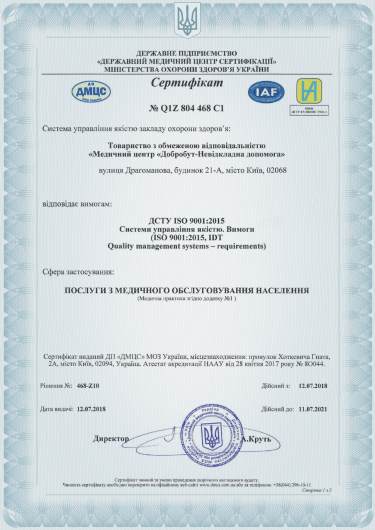
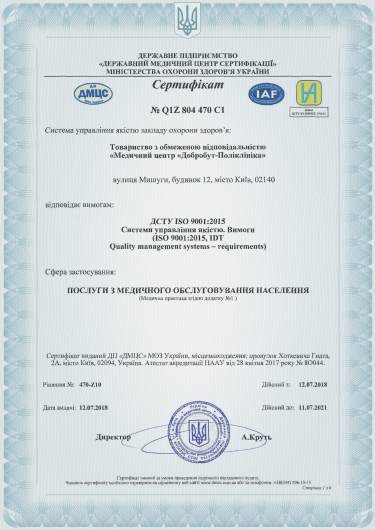
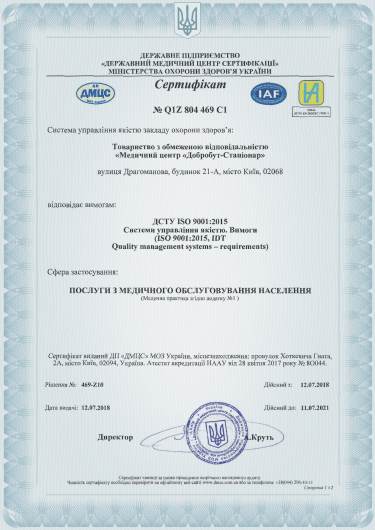
Accreditation certificates
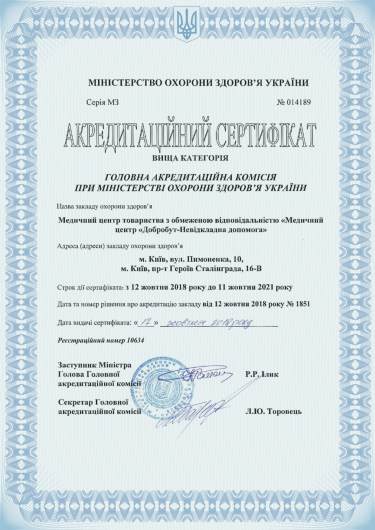
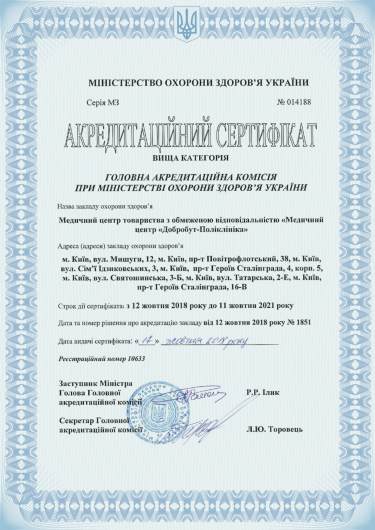
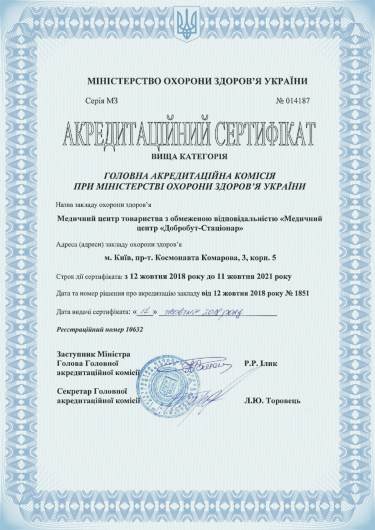
Medical practice licenses
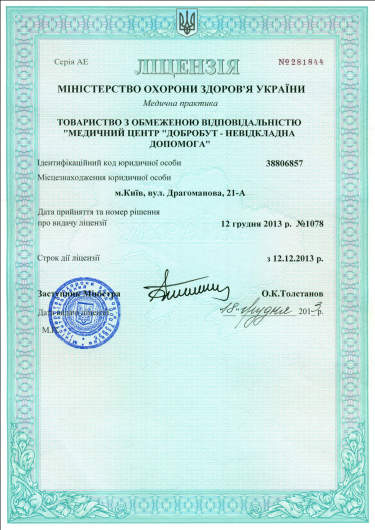
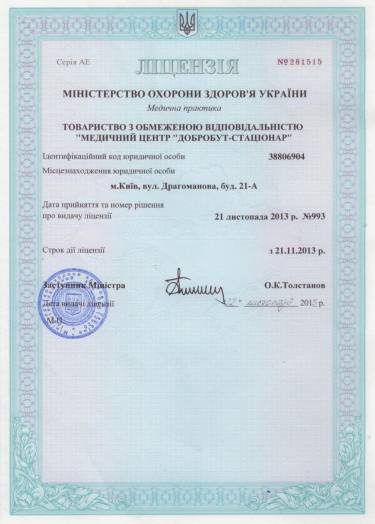
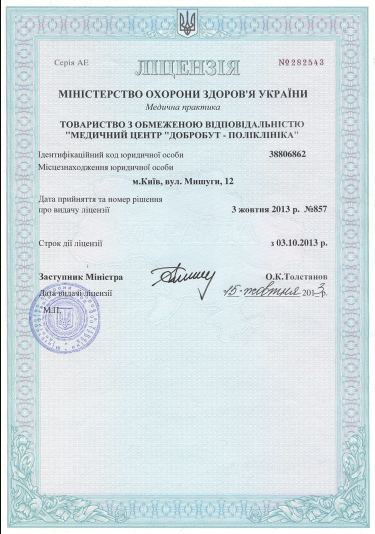

























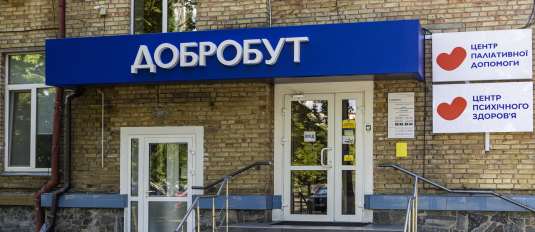






@2x.png)
@2x.png)
%402x.png)
%402x.png)
